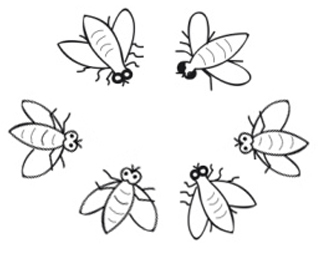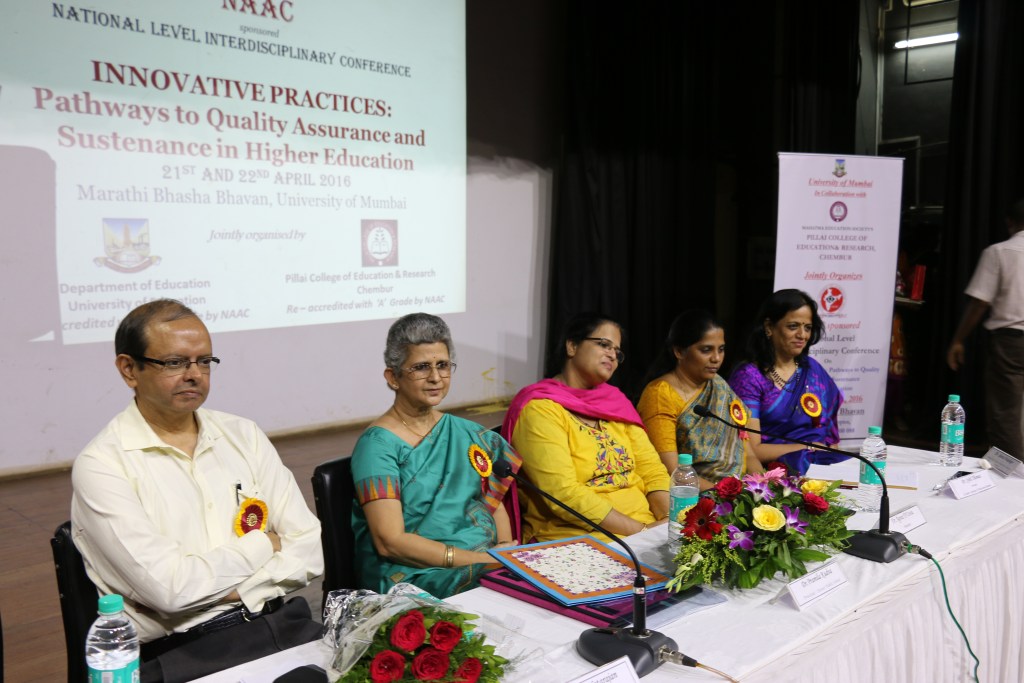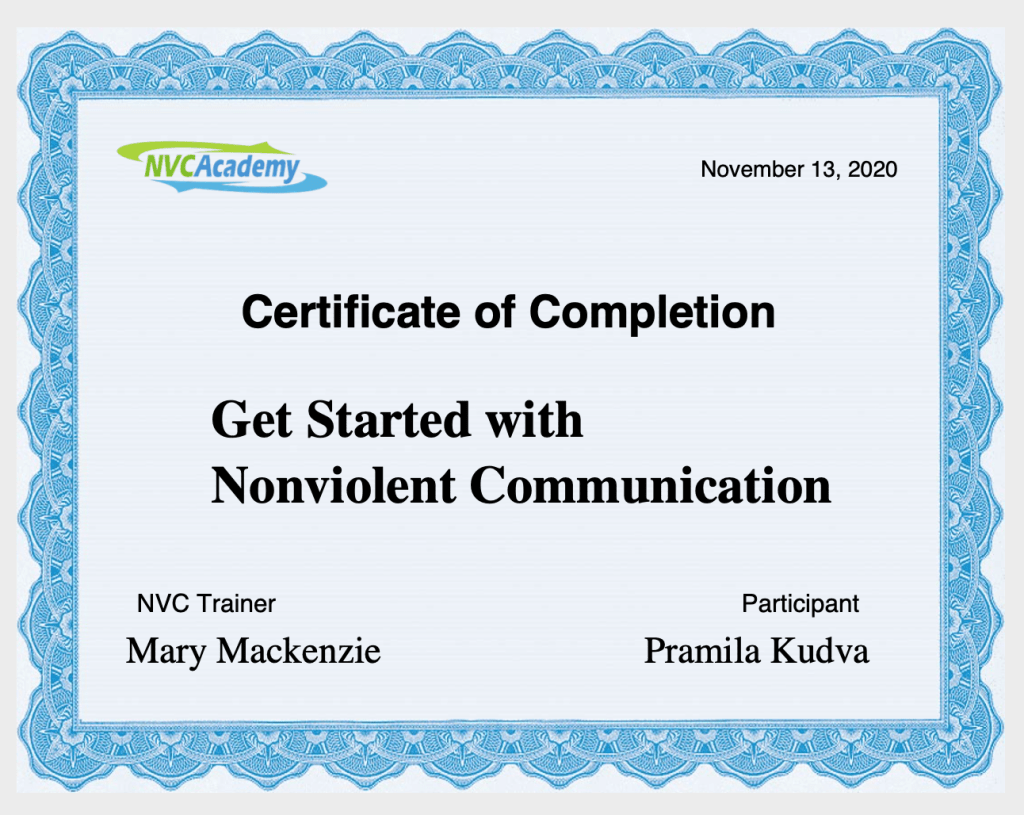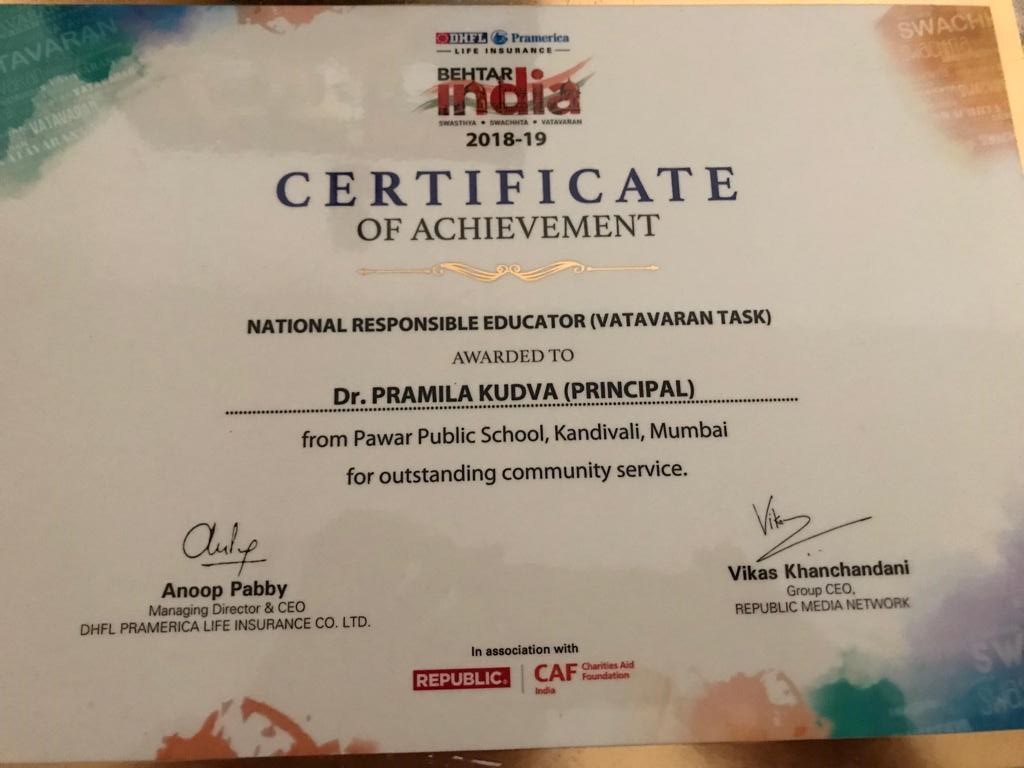One of the main thrust areas of the New Education Policy is social and emotional learning (SEL). This is the process through which children and adults understand and manage emotions, set and achieve positive goals, feel
and show empathy towards others, establish and maintain positive relationships and make responsible decisions.
SEL can be viewed as a process with five components as indicated below:
Self-awareness
Self-awareness is being able to recognize and comprehend one’s emotions and how they translate into our behaviours. This can include identifying anger, stress, negative emotions, etc.
Self-management
Self-management involves the ability to regulate or control our feelings and behaviours. This can include controlling anger, handling stress, self-motivation or persistence through setbacks.
Social awareness
Social awareness is about empathizing with others and being able to understand and behave as per the social norms of the group.
Relationship skills
This is about creating and maintaining healthy relationships through cooperation, active listening, conflict resolution and communication.
Responsible decision-making
This final component involves making positive decisions which are healthy and beneficial not only to self but also to others.
SEL can be inculcated through team work, group work, the think-pair-share technique, project work and such other collaborative techniques.
Buzz group
Buzz group is a cooperative learning technique, which involves the formation of small discussion groups with the objective of developing a specific task (idea generation, problem-solving and so on). After the initial presentation of the task to be completed, big groups are divided into smaller groups of three to six people. Each group names a spokesperson to inform the rest of the groups about the results of the discussion in their group. “Buzz groups” was first used by Dr. Donald Phillips, a professor at the Michigan State University.
Principles of effective buzz groups
Plan the class time to allow setting up of the class. Define the roles of the group leader and recorder in front of the whole group so that everyone knows what they are expected to do. Set a definite time limit for discussion. If five group members have 15 minutes to deal with their questions, each member of the group can speak for only three minutes. Noting the time will be the duty of the recorder.
The teacher should move from group to group to ensure better involvement, help them over any hurdles and generally spread enthusiasm around the room. Gather the notes from the reporters and collate. The leader can also add his/her comments at the end so that such a report sheet will be helpful as a reference item long after the class is over.
Example
Subject: Social studies Topic: Dandi march
Introduction to the lesson
Objective of this introduction is
1. To relate to real life situations.
2. To understand varying reasons that lead to people agitating/protesting.
To initiate the discussion, teacher asks the students to reflect on the following questions and write down their responses.
Teacher distributes newspaper cuttings on an agitation featuring the cutting down of trees at Aarey, Mumbai and asks the following questions:
1. What were the ways in which people agitated?
2. Why were they protesting?
3. What is the one commodity, which if taken away or made unavailable to you, might inspire you to protest?
4. What are the ways in which you would fight for your cause?
Main body of the lesson:
Objectives:
- To understand the term “non-violent resistance” or satyagraha.
- To explain Gandhiji’s principles of non-violence and its impact on the Indian freedom movement.
- Be able to describe the Dandi march and Dharasana salt raid and explain its significance in Indian and world history. Teacher provides a backgrounder to the students. Backgrounder On May 22, 1930, Webb Miller, a reporter sent to India on assignment, wrote in his dispatches, “In eighteen years of reporting in twenty-two countries, during which I have witnessed innumerable civil disturbances, riots, street fights and rebellions, I have never witnessed such harrowing scenes as at Dharasana.” Copies of the article “Natives beaten down by police in India salt bed raid,” written by American journalist Webb Miller in 1930 to be distributed to the groups. A link to Miller’s article is provided at the end for ease of reference. Why was salt chosen for the civil disobedience movement?
The East India Company imposed a tax on the production and distribution of salt within the country. According to the Salt Act of 1882, Indians could not produce or sell salt and had to buy it from the British, which created a monopoly. The basic commodity was out of reach for Indians, who simply could not afford to buy salt at the exorbitant prices set by the British. So, Gandhiji decided to challenge the salt legislations by marching from his base in Sabarmati, Ahmedabad to Dandi, a coastal town 240 miles away. The Dandi march or salt march He began his march with 79 of his followers on March 12, 1930 and made his way across the state of Gujarat, addressing large crowds on the way, many of who were inspired to join his movement. As he covered the distance at a brisk clip, the British authorities were confronted with the problem of how to control the impact of this march.
Points for group discussion:
1. Why did Gandhi choose salt for the disobedience movement?
2. Why did the British flinch at the attitude of the satyagrahis?
3. What were the patriotic sentiments that the followers of this movement believed in?
4. Who took over the movement after Gandhiji was arrested?
5. Why was women involvement in the movement an important aspect?
6. Gandhiji was a good spokesperson and orator. How can you justify this?
7. How did Miller’s report influence world opinion?
The discussions should happen in small groups and each group will present their point of view to justify the closure.
Closure
1. It was a civil disobedience movement but is accepted as the movement that led to the freedom of India from the clutches of the British.
2. ‘A Pinch of Salt that shook an Empire’ does it aptly describe the movement. Justify.
Assessment
- What are some other non-violent methods Gandhiji could have used to rebel against the unfair salt laws?
- Name a few other people who were influenced by the Gandhian principles and used them to get political support and benefit their country?
- What are some of the potential drawbacks of a non- violent protest?
- What are some of the leadership lessons that can be learnt from Gandhi’s salt campaign?
In this example the teacher was a facilitator. It was a student centric lesson which used a little technology by way of a YouTube video on the Dandi march and had a high involvement of students.
References
1. Dr. Pramila Kudva, From Chalk to Talk The Art of. Teaching, Buuks, 2019
2. Miller’s report: https://100years.upi.com/sta_1930-05-21.html 3. https://www.youtube.com/watch?v=gWl6Jn2CfUE
The author is a principal of a reputed ICSE school in Mumbai. She has several publications to her credit and has authored a book “From Chalk to Talk: The Art of Teaching”. She can be reached at <pramilakudva2016@ gmail.com>.
Like this:
Like Loading...
















